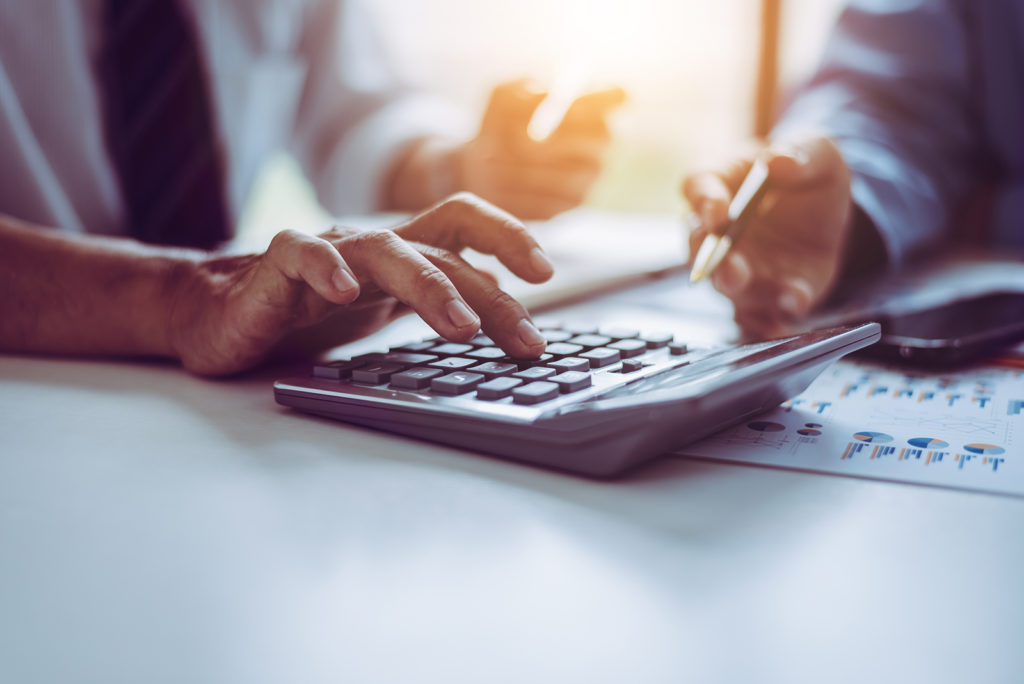The purpose of a debt management plan (DMP) is to help manage the repayments of unsecured loans to creditors. It allows people to reorganise their finances to make the amounts more manageable each month while still keeping on top of their priority bills. Because of this, some may believe they are not able to save on a DMP. We explore this in more detail to see what can be done to put money aside while on a debt management plan.
Is it possible to save on a debt management plan?
For anyone wondering how to save on a DMP, one the first things to consider is saving versus increasing creditor payments.
Of course, it is beneficial for both parties to pay off any debts as quickly as possible, but rarely are things that straightforward. Everyone’s situation is unique, which means while some people may be able to put some money aside, adding it to their DMP may not be the best option.
A typical DMP household budget will not provide much room to allocate savings each month. However, most debt management providers will allow you to include an amount in your budget for things that you wouldn’t necessarily pay for each month such as home repairs, car costs (in addition to tax and insurance) and a small amount for general savings.
Including these small savings within your budget will help when an unexpected repair or bill crops up.
What sort of help is available?

Just like living on a budget, saving is a skill that that can take a little time to master. Some people will find it easier than others, and for those who need a little extra help there is also a government back scheme available to use.
The scheme is called Help to Save and is government-backed to help people on low incomes put aside money, adding 50p to their savings for every £1 put into the account. Anyone wishing to open a Help to Save account needs to be:
- A UK resident
- Either be receiving or entitled to Child Tax Credit or Working Tax Credit
- Currently claiming Universal Credit with a monthly household income of at least £542.88 stated in the last monthly assessment. Universal Credit payments are not included as household income.
Should a claimant of any of the above benefits stop receiving them, they will still be able to continue using the savings account. Anyone living overseas can also apply for an account if they are:
- A crown civil servant, or their spouse/civil partner
- A member of the British armed forces, or their spouse/civil partner
Similarly, if an individual stops claiming benefits they can continue using the savings account. Households that have been awarded either Universal Credits or tax credits allow for both the person claiming and their partner to open separate Help to Save accounts.
The scheme allows individuals to save anywhere between £1 and £50 each month for a maximum of 4 years. The money can be paid into the account via debit card, standing order or bank transfer. Tax-free bonuses are available at the end of the 2nd and 4th year, although how much these will be depends on the amount saved during these periods.
This is where the 50% government subsidy is added on. For example, should someone save £10 a month for 2 years, they would have a total of £240 in their account. A 50% bonus of £120 would be added to their account by the government. This would be repeated at the end of the fourth year, reflecting the amount of money saved over the previous 24 months.
Money can only be withdrawn by transferring the money from the Help to Save account to an individual’s normal bank account. They will be under no obligation to keep the account open for the full 4 years and it can be closed at any time before this point. Once they have had a Help to Save account for a total of 4 years it will be closed and will be unable to open a new one.
Other ways to save on a DMP

For anyone who finds it difficult to save, there are a number of useful mobile phone apps available that can help.
This is known as app-based banking which feature autosaving functions designed to make saving easier. Apps such as Moneybox, Plum and Chip help calculate how much the user can afford to save each week, based on the information they provide.
The user has full control over the maximum amount of money the app can put into a savings account, and it will automatically transfer the funds they allow, ensuring a certain amount of money is always being put aside.
Using an app to save is not something everyone will comfortable with. An alternative method is to use a more traditional system by working out a budget based on any spare income left over every month, before putting this into a savings account every time new funds are received.
Is it important to save?
When putting together a DMP some people may feel pressured to allocate every penny to a monthly bill or creditor debt, leaving them with no spare cash at all. While this will ensure they are doing everything possible to pay off their debts quickly, it does not allow for any unexpected changes to their lifestyle which could cost money.
As explained above, most debt management providers will allow for savings for certain things so, anyone who owns a car or is paying a mortgage on a property and experiences a fault that needs to be paid for urgently, or a repair to the roof or window that occurs unexpectedly could have some funds available to cover the cost. If they do not have any savings to fall back on, paying for these unexpected costs could impact their ability to maintain DMP payments in the short-term. Further down the line, missing a payment could lead to the credit counselling agency or the creditors choosing to cancel the agreement.
Anyone able to save on a DMP creates the opportunity to build a back-up fund that can be used in emergencies. It is also worth bearing in mind that anyone able to offer a lump sum to their creditors may be able to settle their debts earlier than expected. However, it should be remembered that any money saved should not be done at the expense of maintaining agreed payments.

